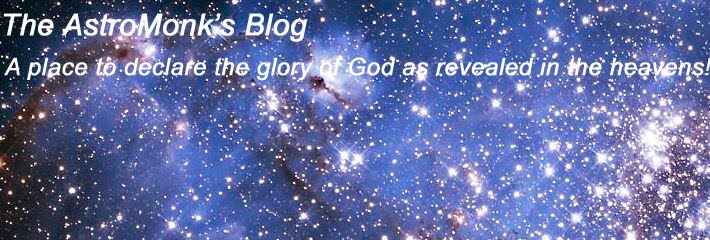Hi All:
Well its been waaay too long since I posted any updates. Actually a couple weeks ago, I came down with this nasty flu that kept me pretty much flat on my back for four days plus another day or two to gradually come back to full vertical status. About a week prior to that, my observatory PC and DVC100 video grabber both went on the fritz. I've had some weird nagging problems for months with the PC so I decided to build a new one. I built up a new system piece-mill based on an ASUS motherboard and an AMD Phenom Quadcore. I decided to go out on a limb and use Windows 7 Pro 64 versus my mainstay for the past few years - Windows XP Pro. So far, the system is up and running, fully updated and I'm starting to bring up the various applications like Maxim DL Pro 5 (for control of all the imaging), FocusMax, PEM Pro and Sky Tools 3 Pro (for planning my observation or imaging runs.)
So far, so good - everything seems to be installing properly and booting up right. The acid test will be when I get the system back out to the observatory POD and hook it up to the mount and cameras. To date, I've primarily been using the Mallincam Hyper Color Plus astro video camera - an amazing little device! It is really more oriented for vastly enhanced observing than imaging, although getting single frame grabs from it is incredibly easy and impressive, considering the ease of it all. I'm really getting anxious though to fire up the QHY8, which is a Peltier cooled one shot color camera with an 8 Megapixel APS-C sized CCD comparable to a modern DSLR.
I've seen some incredible results posted on the web from users of this camera, although it is indeed a more involved process. Data collection typically requires 30 minutes to a few hours of image data, along with a number of "darks", "flats" and other frames used to correct for various common image defects like hot or dead pixels, dust bits on the optics, CCD electronic noise, etc. Then comes the image processing; for the typical hour or so of collected image data, you will end up spending at least five times that with stacking and photoshop tweaking. So every time you see one of those beautiful deep space images on the web, remember that you're probably looking at eight, twelve or maybe even many tens of hours of painstaking work. A lot of the Hubble images you see may be upwards of 100 hours processing per hour of collected data! In spite of the effort required and the steep learning curve, I'm looking forward to diving in head first.
Well hopefully, the weather will be a little more friendly so I can get the observatory up and running by the end of this next week. (I'm going thru astro withdrawal and really need some telescope time soon!) Well enough for now. Hopefully you will all have some good weather and free time to get your eyeballs on the heavens! Ciao...
Sunday, February 6, 2011
Subscribe to:
Comments (Atom)




